

 (.+. About BUBU .+.)
(.+. About BUBU .+.)
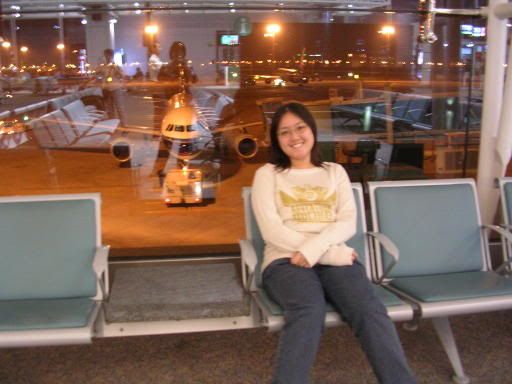

 (.+. Traces of me .+.)
(.+. Traces of me .+.)
 (.+. My Favourites .+.)
(.+. My Favourites .+.)
 (.+. My wishlist .+.)
(.+. My wishlist .+.)
 (.+. Her Gossips .+.)
(.+. Her Gossips .+.)
 (.+. Her Friends .+.)
(.+. Her Friends .+.)
 (.+. My Past Entries .+.)
(.+. My Past Entries .+.)
 (.+. Links .+.)
(.+. Links .+.)
 (.+. Cooking Links .+.)
(.+. Cooking Links .+.)
 (.+. My Love .+.)
(.+. My Love .+.)
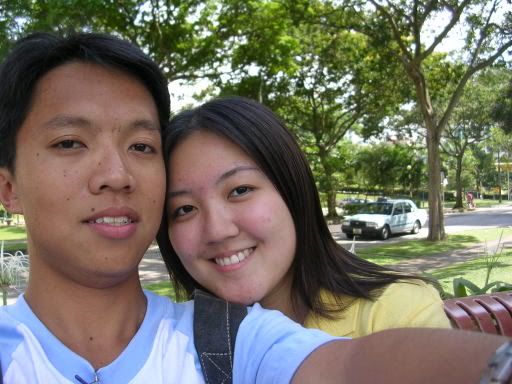



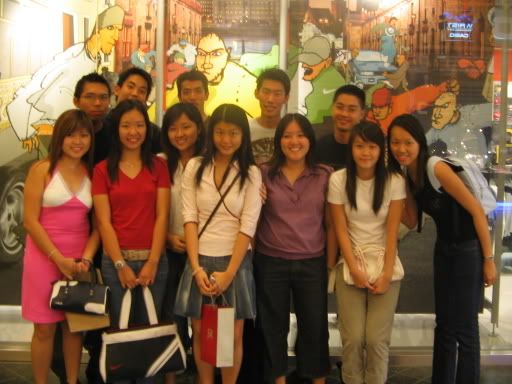


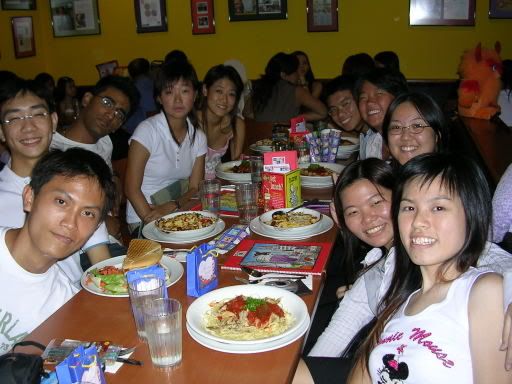
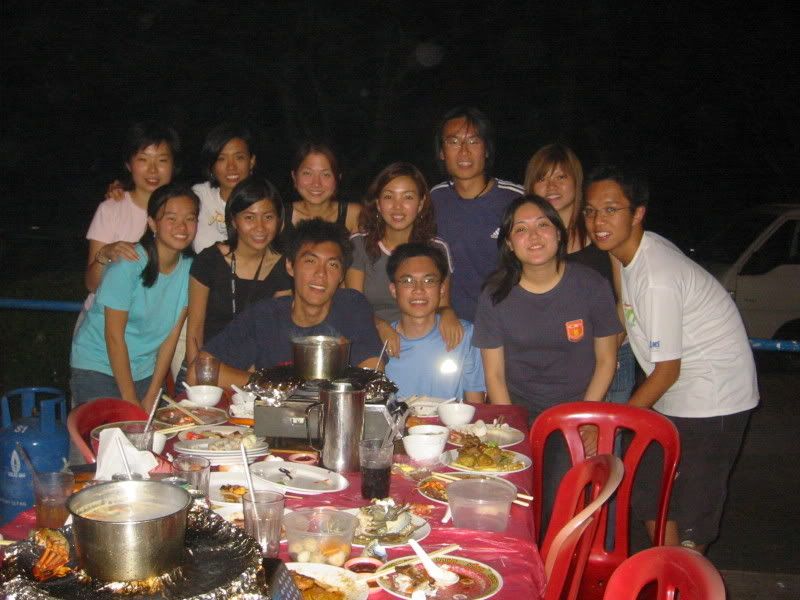

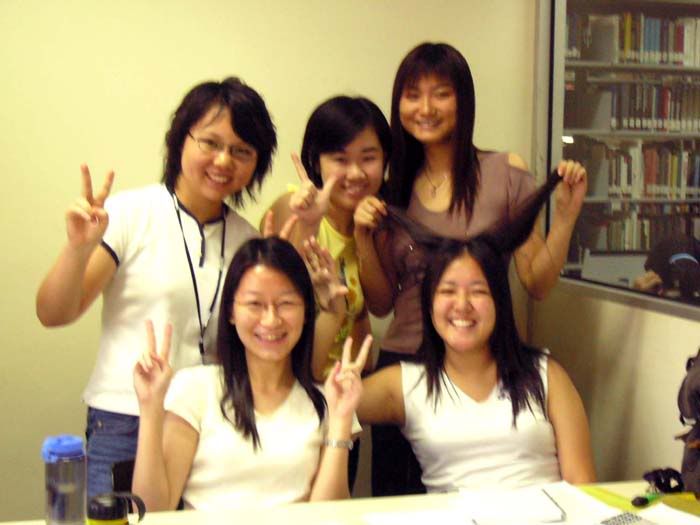



*Fairy Godmother blew sweet kisses at me*

OH my, it's time to mug for my BIOMATERIALS module.
Surfing the net to check for biological terms and processes.
Before I forget to bookmark my pages and take down the urls, I guess it's best to place them here, haha~ Maybe my fellow coursemates can find some help here like I desperately need. I'm scared of BIO-related subjects!!! Blur bubu got to memorise a lot of spelling and definitions... very hard for me!!!
http://www.kumc.edu/instruction/medicine/anatomy/histoweb/blood/blood.htm
There are three types of leukocytes:
1. Granulocytes (These are also called 'Myeloid Cells.')
2. Monocytes
3. Lymphocytes
Some sources combine the monocytes and lymphocytes into one category and just call them all 'mononuclear leukocytes.' (You probably are beginning to realize that the real challenge in learning this is just learning the vocabulary.)
Granulocytes include the neutrophils, eosinophils, and basophils. It shouldn't surprise you to learn that their cytoplasm is often filled with granules. These are the work horses of acute inflammation (and other processes). Make sure you learn the neutrophil. In pathology and immunology, you'll call this same cell the PMN (polymorphonuclear leukocyte). Eosinophils are involved in allergic reactions and parasitic infections. Another cell to mention here (although it is NOT a granulocyte) is the Mast Cell. It's very similar to the basophil: both release histamine (and other mediators). Some think that the mast cell is derived from the basophil. Just remember that the basophil circulates and the mast cell is found in peripheral tissues. Other than that, they are quite similar.
Monocytes include the monoctye and the macrophage. The monocyte circulates in the blood until it receives the signal to extravasate into the peripheral tissue. Once in the tissue, it matures into the macrophage. It can also mature even further into other cells, but that is beyond the scope of this course. The monocyte/macrophage is the work horse of chronic inflammation.
Lymphoctyes are often overlooked when we consider blood, but they are white blood cells. Indeed, they originate in the bone marrow and are derived from the same stem cell as the rest of the erythrocytes and leukocytes. These are the T-cells and B-cells that direct the immune system and produce antibodies, respectively. They are the central cells in our cell-mediated and humoral (antibody) defense mechanisms. Also keep in mind that the B-cell can mature into the plasma cell.
***
http://www.amfar.org/cgi-bin/iowa/bridge.html?page=P
PHAGOCYTE: A cell that is able to ingest and destroy foreign matter, including bacteria.
PHAGOCYTOSIS: The process of ingesting and destroying a virus or other foreign matter by phagocytes. See Macrophage; Monocyte.
MONOCYTE: A large white blood cell that ingests microbes or other cells and foreign particles. When a monocyte enters tissues, it develops into a macrophage.
MACROPHAGE: A large immune cell that devours invading pathogens and other intruders. Stimulates other immune cells by presenting them with small pieces of the invader. Macrophages can harbor large quantities of HIV without being killed, acting as reservoirs of the virus.
***
http:www.safecount.com/Glossary.htm
Histamine is a chemical present in cells throughout the body that is released during an allergic reaction. Histamine is one of the substances responsible for the symptoms of inflammation and is the major reason for running of the nose, sneezing, and itching in allergic rhinitis. It also stimulates production of acid by the stomach and narrows the bronchi or airways in the lungs.
***
http://www.pubmedcentral.nih.gov/articlerender.fcgi?artid=124906
The host foreign-body response ensues immediately after implantation of biomedical devices and prostheses. This response progresses through stages of inflammation and wound healing with different cell types as hallmark indicators of the particular stage of the reaction. Neutrophils and mononuclear cells immediately infiltrate the tissue–material interface and are associated with acute inflammation. Chronic inflammation is evident when the number of infiltrating neutrophils decrease and the local monocyte population adheres to the surface of the implant and differentiates into macrophages. Lymphocytes also become more predominant during the chronic phase of inflammation. The total number of infiltrating cells normally decreases as the inflammatory response resolves and the wound-healing process progresses to the formation of granulation tissue and subsequent fibrous encapsulation of the implanted material. Although formation of this foreign-body capsule is thought to be beneficial to the implant, cells already adherent to the surface eventually may cause failure of the device. These adherent cells consist of monocyte-derived macrophages, which may fuse into foreign-body giant cells (FBGCs) that concentrate degradative and phagocytic properties leading to structural and chemical damage of the implant (1, 2). Therefore, methods of effectively modulating the presence and activity of adherent monocytes/macrophages/FBGCs would enhance the in vivo lifetime of implanted devices.
***
http://www.ecm.auckland.ac.nz/course/cm422/422BiomaterialsNotes.pdf
Non-metallic materials- Biomaterials
~ lecture notes
http://static.scribd.com/docs/gwhfiscb0emhd.pdf
Biomaterials II
~ lecture notes
http://ocw.mit.edu/NR/rdonlyres/Materials-Science-and-Engineering/3-051JSpring2004/D3176581-9158-4730-AA8A-6B741928B3D0/0/lecture_8.pdf
Cell-Surface Interactions: Host Responses to Biomaterials
~ lecture notes